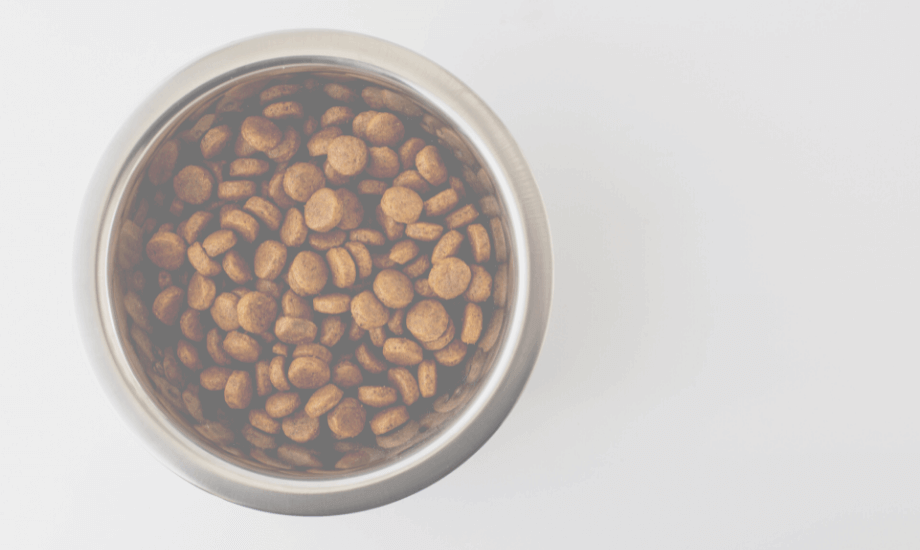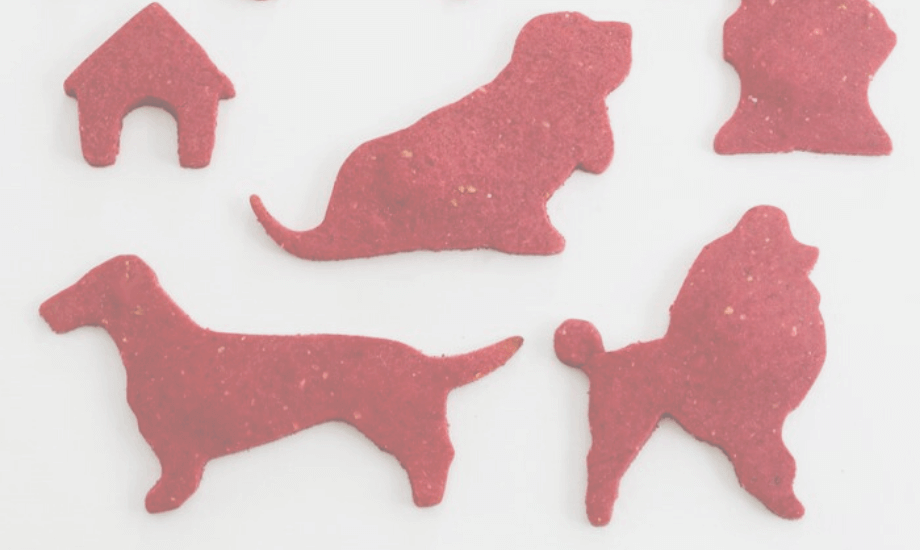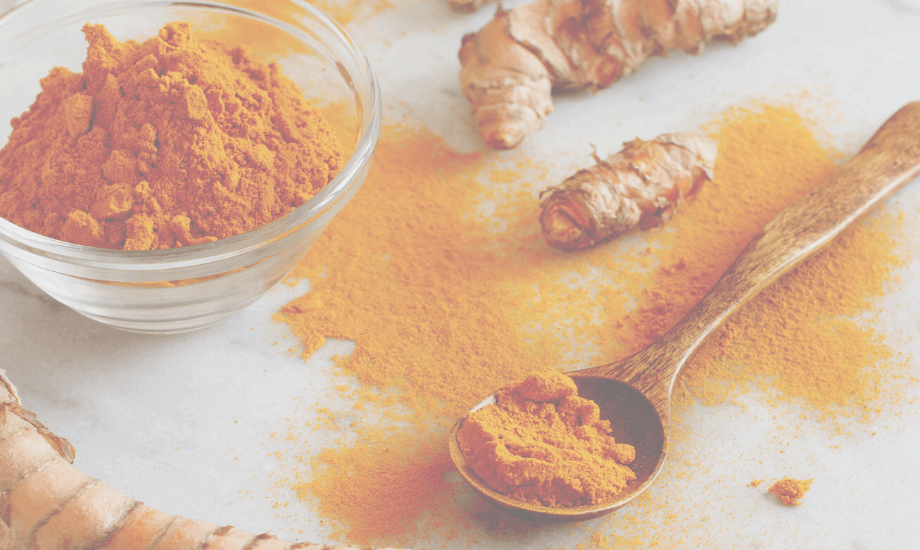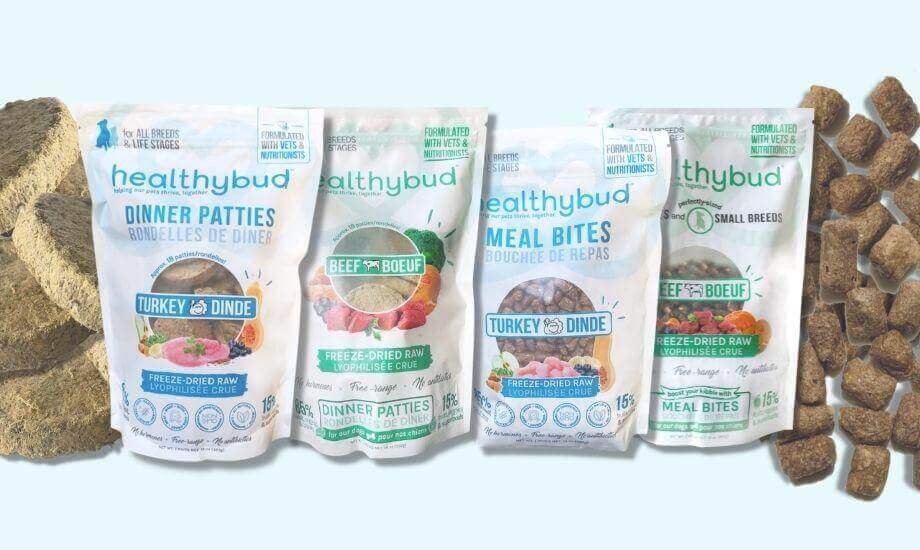This week we want to dive deeper into your freeze-Dried Dog Food, and talk about kibble! The world of dog nutrition can be overwhelming, so we wanted to give you a brief overview of what exactly kibble is - and why you may want to think twice before pouring it into your dog's bowl.
🦴 Kibble is convenient - it can be easily stored in its bag on the shelf, poured into your dog’s bowl and served. But how is kibble made? Kibble is created through a process called extrusion. This process takes the raw ingredients, ground down into a dry material similar in texture to flour, and baked under high heat to dry it out. Some have suggested that this process can lead to a 40-50% loss of the nutritional value that exists in the raw ingredients to increase their shelf-life. The temperatures used in the kibble process can range anywhere from about 150 to 300 degrees Fahrenheit. It has been noted that degradation starts to occur in foods once they reach temperatures exceeding 120 degrees Fahrenheit.
🐾 Since many of the naturally occurring nutrients are lost during the high-heat cooking stage of extrusion, some commercially available dog foods add synthetic vitamins and minerals. These are not digested the same as when these nutrients are found in natural sources. When your dog can’t fully utilize these vitamins and minerals, they are passed through their kidneys and liver and puts unnecessary stress on these organs. Additionally, multiple studies have found that dogs fed kibble were at higher risk of obesity, being overweight, and chronic inflammation - often leading to more frequent vet visits down the road and an increase in other diseases.
There is a chance that your dog’s food could be contaminated with toxins such as aflatoxins. Aflatoxins are created when mould grows, which can grow on grains such as wheat, corn, rice, nuts or legumes during the harvesting process. Mould can also grow on improperly stored kibble. Acrylamides are another probable carcinogen, and occur when vegetables are cooked at a high heat, causing a reaction to occur between the amino acid asparagine and the simple sugars contained in these ingredients. Another carcinogen could be in your pet’s food - heterocyclic amines are produced when meat or fish are cooked and have been linked to mutations in animal cells.
So what are the alternatives available to you as a pet parent if you don’t want to feed processed kibble?
Choosing what to Freeze-Dried Dog Food for your four-legged family member is an important decision and one that you have to make based on your specific circumstances and your individual pet. Aside from commercially available kibble diets, you can feed a home-cooked diet, fresh raw, frozen raw, or freeze-dried raw diets. Avoiding cooking or processing the ingredients in these diets for the natural nutrients to remain intact.
Healthybud offers Freeze-Dried Dog Food which combines the health and nutrition benefits of raw diets with the convenience and shelf-stability of kibble. The average dog parent spends around $30 a month to feed their pup, while feeding your dog properly can cost 3-4x as much. With that said, proper nutrition can lead to a longer and healthier life for your dog, as well as fewer veterinary bills down the road. If you have a large dog, feeding freeze-dried food can be cost-prohibitive. In order to maintain the best-quality diet while being cost-conscious, you can feed a fresh or frozen raw diet and top it with the freeze-dried raw, or use freeze-dried raw bites as a high-value treat. If you’re interested in learning more about the health benefits of freeze-dried diets, you can check out our blog about it!
Stay healthy, stay happy, stay curious #healthygang!
Lots of love,
-The healthybud team








